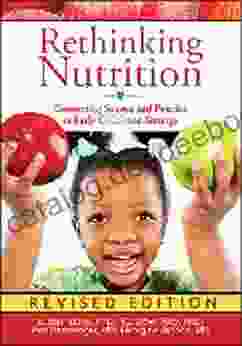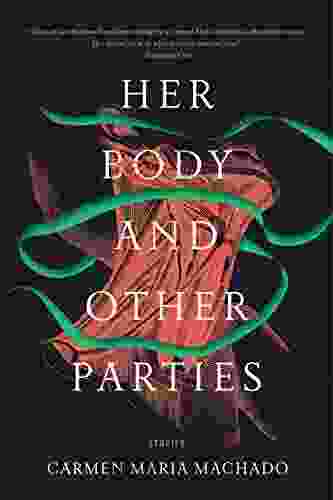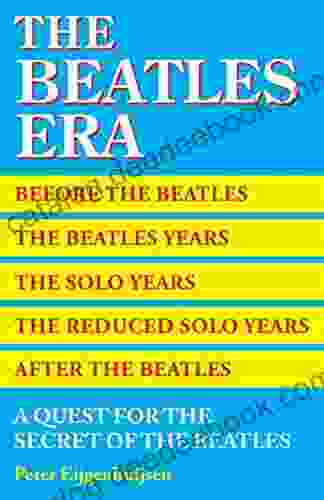Connecting Science and Practice in Early Childhood Settings: The Redleaf Model

In the realm of early childhood education, the integration of science and practice is paramount to cultivating children's curiosity, problem-solving skills, and lifelong love of learning. The Redleaf Model, an innovative approach that seamlessly blends scientific knowledge with hands-on experiences, stands as a beacon of excellence in this field.
5 out of 5
| Language | : | English |
| File size | : | 4530 KB |
| Text-to-Speech | : | Enabled |
| Enhanced typesetting | : | Enabled |
| Word Wise | : | Enabled |
| Screen Reader | : | Supported |
| Print length | : | 194 pages |
| X-Ray for textbooks | : | Enabled |
The Importance of Connecting Science and Practice
Science plays a crucial role in children's cognitive development. It fosters their ability to observe, question, explore, and draw s. By engaging in scientific investigations, children develop critical thinking skills, learn to solve problems, and gain a deeper understanding of the world around them.
However, traditional science instruction often falls short in early childhood settings. It may be too abstract, teacher-centered, or disconnected from children's everyday experiences. This is where the Redleaf Model shines, bridging the gap between scientific concepts and the hands-on, inquiry-based learning that young children thrive on.
The Redleaf Model: A Closer Look
The Redleaf Model is an innovative approach to early childhood science education that emphasizes the importance of inquiry-based and play-based learning. It was developed by researchers at the Redleaf Centre for Science and Mathematics Education at the University of California, Santa Barbara.
At the heart of the Redleaf Model are four key principles:
- Science is a process of inquiry. Children are encouraged to ask questions, explore, and experiment to learn about the world around them.
- Science is rooted in everyday experiences. The model incorporates science into daily routines and activities, making it relevant and meaningful to children.
- Play is essential for learning. The model provides ample opportunities for children to play and explore, allowing them to learn through their own experiences.
- Science can be integrated into all areas of the curriculum. The model shows how science can be integrated into other subject areas, such as language arts, math, and social studies.
The Redleaf Model is implemented through a variety of strategies, including:
- Inquiry-based investigations: Children are encouraged to ask questions, design experiments, and draw s based on their own investigations.
- Hands-on activities: Children learn through hands-on activities that engage their senses and allow them to explore scientific concepts in a concrete way.
- Play-based learning: Play is incorporated into all aspects of the curriculum, providing children with opportunities to learn through their own exploration and experimentation.
- Integration with other subject areas: Science is integrated into other subject areas, such as language arts, math, and social studies, providing children with a more holistic learning experience.
Real-World Case Studies
The Redleaf Model has been successfully implemented in a variety of early childhood settings, including preschools, kindergartens, and child care centers. Here are two real-world case studies that demonstrate the impact of the model on children's learning:
Case Study 1: The Curiosity Corner
In a preschool classroom, a group of children were exploring the Curiosity Corner, a designated area filled with natural materials, scientific tools, and open-ended materials. As they played, they began to notice different textures, colors, and shapes. They wondered what would happen if they combined different materials together.
The teacher encouraged their curiosity and guided them through a series of simple investigations. They mixed different liquids, solids, and powders to see how they would react. They used magnifying glasses to examine the materials up close. They even created their own recipes for play dough and slime.
Through these hands-on experiences, the children developed a deep understanding of scientific concepts, such as the properties of matter, the states of matter, and the process of change. They also learned how to ask questions, design experiments, and draw s.
Case Study 2: The Ecosystem Project
In a kindergarten classroom, children were engaged in an ecosystem project. They explored the different components of an ecosystem, such as the plants, animals, and non-living things. They learned about the interdependence of organisms and how ecosystems change over time.
As part of the project, the children created their own model ecosystems in large glass terrariums. They collected soil, plants, and insects from the schoolyard and placed them in the terrariums. They observed the ecosystems over time and recorded their findings in science journals.
Through this project-based learning experience, the children developed a deep understanding of ecosystems and the importance of biodiversity. They also learned how to conduct scientific research, collaborate with others, and communicate their findings.
Research Findings
Research has consistently shown that the Redleaf Model is effective in promoting children's science learning. A study published in the journal "Early Childhood Research Quarterly" found that children who participated in a Redleaf Model program showed significant gains in their science knowledge, science inquiry skills, and problem-solving abilities.
Another study, published in the journal "Science Education," found that children who participated in a Redleaf Model program developed a more positive attitude toward science and a greater sense of self-efficacy in science.
Expert Insights
Dr. Catherine Twomey Fosnot, a leading expert in early childhood science education, has praised the Redleaf Model for its innovative approach to science teaching. "The Redleaf Model is a powerful approach to early childhood science education that provides children with the opportunity to learn about science in a way that is both engaging and meaningful," she said.
Dr. Diane Briars, a professor of early childhood education at the University of California, Santa Barbara, has also spoken about the importance of connecting science and practice in early childhood settings. "The Redleaf Model is a model for how to integrate science into the early childhood curriculum in a way that is both rigorous and engaging," she said.
The Redleaf Model is a transformative approach to early childhood science education that has the power to ignite children's curiosity, foster their problem-solving skills, and cultivate their love of learning. By seamlessly blending scientific knowledge with hands-on experiences, the model empowers children to explore the world around them and develop a deep understanding of STEM concepts.
As the field of early childhood education continues to evolve, the Redleaf Model stands as a shining example of how science and practice can be effectively connected to nurture the whole child and prepare them for success in a rapidly changing world.
5 out of 5
| Language | : | English |
| File size | : | 4530 KB |
| Text-to-Speech | : | Enabled |
| Enhanced typesetting | : | Enabled |
| Word Wise | : | Enabled |
| Screen Reader | : | Supported |
| Print length | : | 194 pages |
| X-Ray for textbooks | : | Enabled |
Do you want to contribute by writing guest posts on this blog?
Please contact us and send us a resume of previous articles that you have written.
 Novel
Novel Chapter
Chapter Genre
Genre Reader
Reader E-book
E-book Magazine
Magazine Newspaper
Newspaper Paragraph
Paragraph Sentence
Sentence Bookmark
Bookmark Glossary
Glossary Bibliography
Bibliography Foreword
Foreword Annotation
Annotation Scroll
Scroll Tome
Tome Bestseller
Bestseller Library card
Library card Narrative
Narrative Biography
Biography Autobiography
Autobiography Reference
Reference Resolution
Resolution Catalog
Catalog Card Catalog
Card Catalog Stacks
Stacks Archives
Archives Periodicals
Periodicals Scholarly
Scholarly Lending
Lending Journals
Journals Special Collections
Special Collections Interlibrary
Interlibrary Literacy
Literacy Thesis
Thesis Dissertation
Dissertation Awards
Awards Reading List
Reading List Theory
Theory Textbooks
Textbooks John Boyne
John Boyne Carmen Maria Machado
Carmen Maria Machado James Whitcomb Riley
James Whitcomb Riley Geoffrey Jourden
Geoffrey Jourden Shane Ross
Shane Ross Caroline Blanchard
Caroline Blanchard Daisy Goodwin
Daisy Goodwin James G Simmonds
James G Simmonds Laurel Kerr
Laurel Kerr Elizabeth Hartman
Elizabeth Hartman Alan Frost
Alan Frost David J Harding
David J Harding Alexander Kmentt
Alexander Kmentt Kristen Chandler
Kristen Chandler Courtney Walsh
Courtney Walsh Ron Yule
Ron Yule Marshall Segal
Marshall Segal Lauren M Bloom
Lauren M Bloom David Craig
David Craig F M Isaacs
F M Isaacs
Light bulbAdvertise smarter! Our strategic ad space ensures maximum exposure. Reserve your spot today!

 Deion SimmonsKossula Memories of Africa CGP: An Unforgettable Journey into the Heart of...
Deion SimmonsKossula Memories of Africa CGP: An Unforgettable Journey into the Heart of...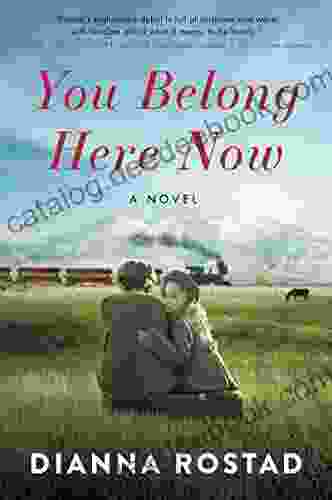
 Forrest ReedYou Belong Here Now: A Novel That Resonates with Belonging and Self-Discovery
Forrest ReedYou Belong Here Now: A Novel That Resonates with Belonging and Self-Discovery Corey HayesFollow ·4.8k
Corey HayesFollow ·4.8k Nathaniel PowellFollow ·15.6k
Nathaniel PowellFollow ·15.6k Bruce SnyderFollow ·5.4k
Bruce SnyderFollow ·5.4k George BellFollow ·5.5k
George BellFollow ·5.5k Ike BellFollow ·9.7k
Ike BellFollow ·9.7k Thomas PowellFollow ·9.8k
Thomas PowellFollow ·9.8k Kenneth ParkerFollow ·6.5k
Kenneth ParkerFollow ·6.5k Jerry WardFollow ·4.2k
Jerry WardFollow ·4.2k
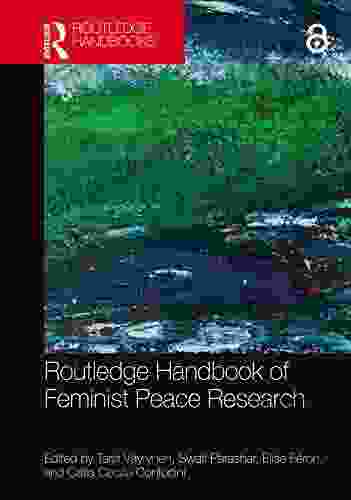
 Hayden Mitchell
Hayden MitchellThe Routledge Handbook of Feminist Peace Research: A...
The Routledge...
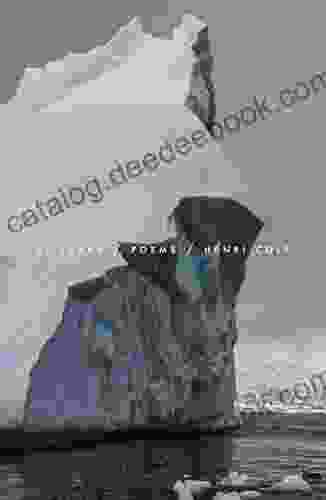
 Joe Simmons
Joe SimmonsUnveiling the Lyrical Mastery of Henri Cole's "Blizzard...
In the realm of...

 E.E. Cummings
E.E. CummingsEast End Hardman To Tv Star: The Unlikely Rise Of Danny...
Danny Dyer is one of the...
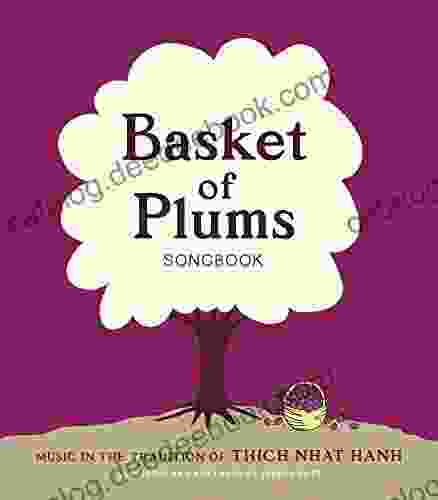
 Eli Brooks
Eli BrooksMusic in the Tradition of Thich Nhat Hanh: A Journey of...
In the heart of...
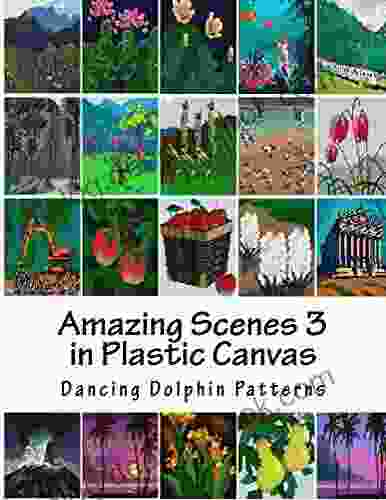
 Samuel Ward
Samuel WardAmazing Scenes in Plastic Canvas: Bringing Your...
Plastic canvas is a...
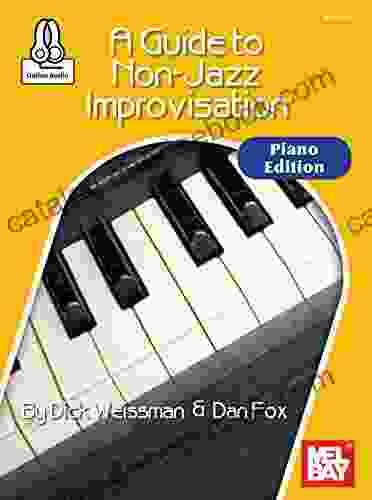
 E.E. Cummings
E.E. CummingsA Comprehensive Guide to Non-Jazz Improvisation for...
: Embracing the Art of...
5 out of 5
| Language | : | English |
| File size | : | 4530 KB |
| Text-to-Speech | : | Enabled |
| Enhanced typesetting | : | Enabled |
| Word Wise | : | Enabled |
| Screen Reader | : | Supported |
| Print length | : | 194 pages |
| X-Ray for textbooks | : | Enabled |


